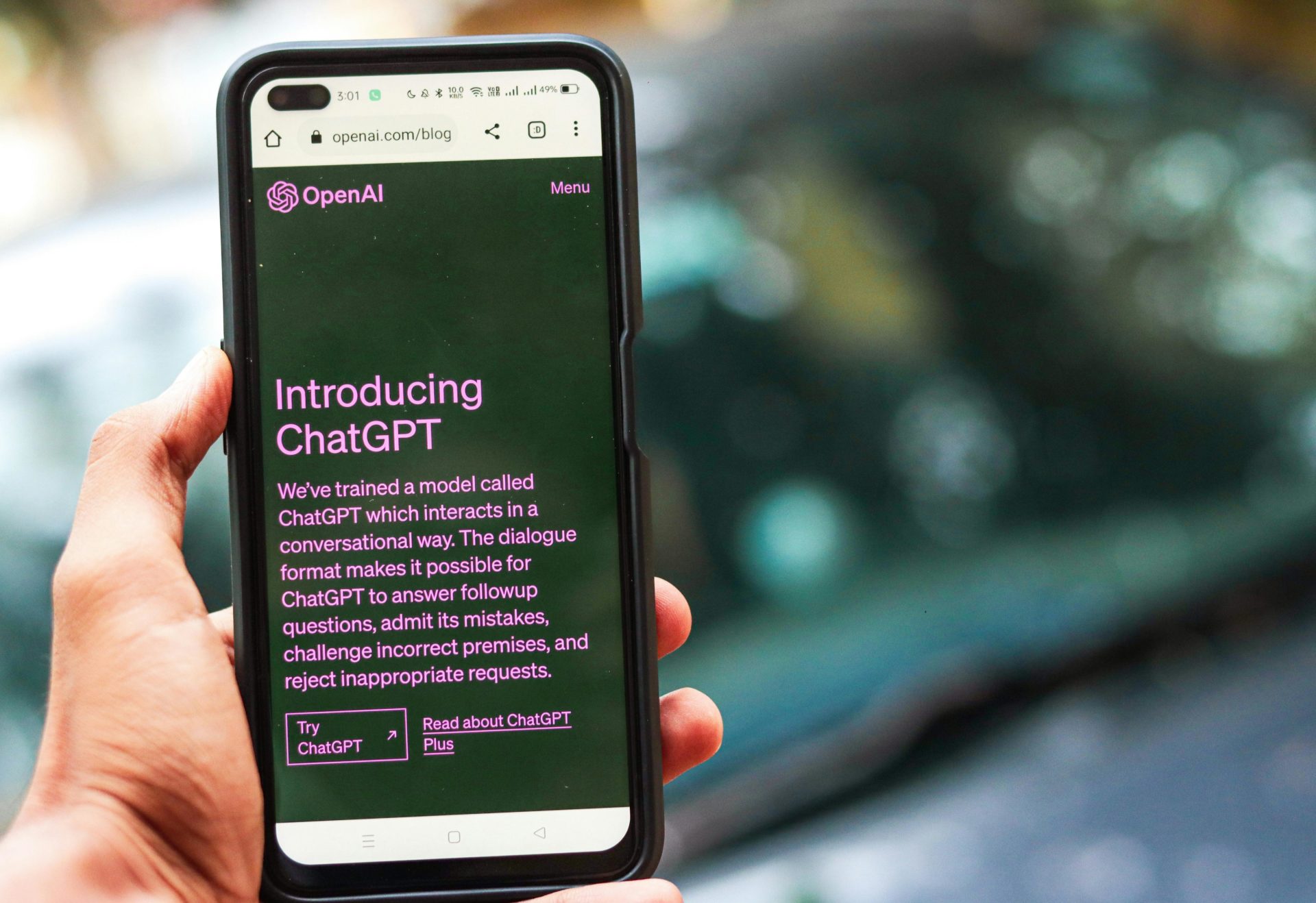
Can you use AI for content creation? Here’s how we’re approaching it
When ChatGPT became mainstream last year, it felt like everyone was scrambling to figure out how to use it to do more, more quickly. ‘Everyone’ includes us, our clients and partners we work with, and so we’ve had different working groups within the agency exploring AI and how we can and should be deploying it in each of our teams over the last 12 months.
We’ve been asked by multiple clients how they should be using it – most frequently around content creation which, let’s face it, is often the most resource-intensive workstream for SEO. A solution that speeds us and enables the scaling of content production, without risking a penalty from Google, would be a silver bullet, right?! Unfortunately, the risk of a manual penalty and a subsequent loss of visibility is quite real and we’ll always tread carefully when it comes to potentially contentious issues, so as to protect our clients who are, ultimately, relying on us to give advice that complies with Google’s guidance whilst trying to maximise visibility.
So what has Google said about using AI for content creation?
Google has published guidelines on how AI should be used for content creation. The bottom line is that the most important thing is the quality of any content, more so than how it’s produced, so long as it’s produced for people and not solely to manipulate rankings:
“When it comes to automatically generated content, our guidance has been consistent for years. Using automation—including AI—to generate content with the primary purpose of manipulating ranking in search results is a violation of our spam policies.
“This said, it’s important to recognize that not all use of automation, including AI generation, is spam. Automation has long been used to generate helpful content, such as sports scores, weather forecasts, and transcripts. AI has the ability to power new levels of expression and creativity, and to serve as a critical tool to help people create great content for the web.
“If you see AI as an essential way to help you produce content that is helpful and original, it might be useful to consider. If you see AI as an inexpensive, easy way to game search engine rankings, then no.”
From Google Search’s guidance about AI-generated content
What’s Propellernet’s policy on using AI for content creation?
At Propellernet, we use AI to aid content production but never for end-to-end content creation. Aiding content production could mean:
- Sourcing data/research to include in a piece – so long as we verify the accuracy of the data
- Cleaning up/analysing data to inform a content piece
- Generating a skeleton outline/structure/points to include in a content piece
- In the right circumstance, creating an initial draft piece – so long as it’s fully reviewed and edited by a human.
Once again, we will not use AI tools to create content which is published on client’s sites without significant amends by a human.
Whether AI is or isn’t used, the focus should be on quality, expertise, experience, authority and trust (EEAT); creating unique, interesting, useful or entertaining content that real people(!) want to read and share and that’s what we’ll advocate for, always. Google’s guidelines on creating quality content provide some useful checklists around these themes.
And finally… we know that Google can sometimes be guilty of advising one thing and then rewarding very different behaviour. The Verge’s piece on The Best Printers of 2024 highlights very well just how contradictory Google’s guidance can be. It’s frustrating! But it doesn’t necessarily mean that we should take the approach of updating content with AI. In fact, there have been numerous case studies shared where sites have done this and seen a short-term uptick in visibility before a complete tanking.
So – one last time for those at the back of the room; we’ll be aiming for quality and we’ll never recommend that our clients publish end-to-end AI-generated content.



